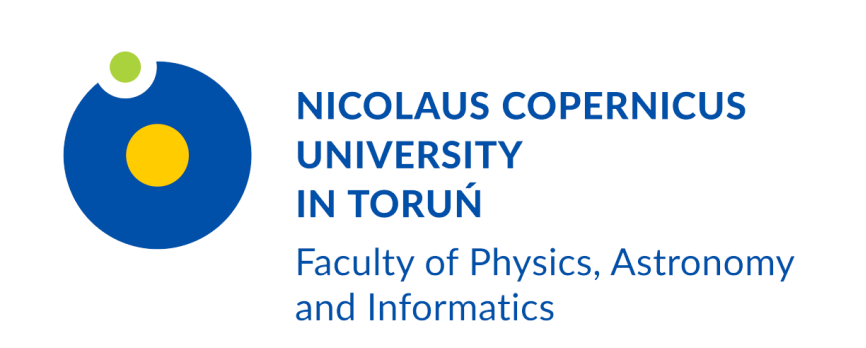![obrazek: [fot. Andrzej Romański] Zdjęcie ilustracyjne](http://www.umk.pl/wiadomosci/serwisy_wp/zdjecia/965/srednie.jpg)
Among 15 Polish scientists who have contributed to the first direct observation of gravitational waves, there was also a researcher from the Nicolaus Copernicus University Centre for Astronomy.
What is the contribution of Poles in the discovery? Polish scientists have created, among others, the base of several algorithms and methods used to detect the parameters of gravitational waves from the binary systems. They have developed precise modeling of the gravitational wave signal. The project involved researchers from the Institute of Mathematical Sciences of the Polish Academy of Sciences, the Nicolaus Copernicus Astronomical Centre, the National Centre for Nuclear Research, and the University of Bialystok, the Nicolaus Copernicus University in Touń, the University of Warsaw, the University of Wroclaw and the University of Zielona Góra.
Within the POLGRAW group dr Kazimierz Borkowski has developed programs to reduce the measurements from the ground-based gravitational wave detectors. Nine scientists from the POLGRAW group were among the authors of the paper announcing the discovery of gravitational waves, published in "Physical Review Letters". Prof. dr Andrzej Królak from the Institute of Mathematics of the Polish Academy of Sciences heads the group of the Polish researchers cooperating with the Virgo.
Direct observation of gravitational waves confirms Einstein's general theory of relativity, showing the relationship of gravity to the space-time curvature. The discovery involving 1,300 scientists from over a dozen countries has already earned the name of one of the most groundbreaking events in the last century. Its value is compared to the discovery of the Higgs boson, or the DNA structure.

 Piwnice k. Torunia, 87-148 Łysomice
Piwnice k. Torunia, 87-148 Łysomice